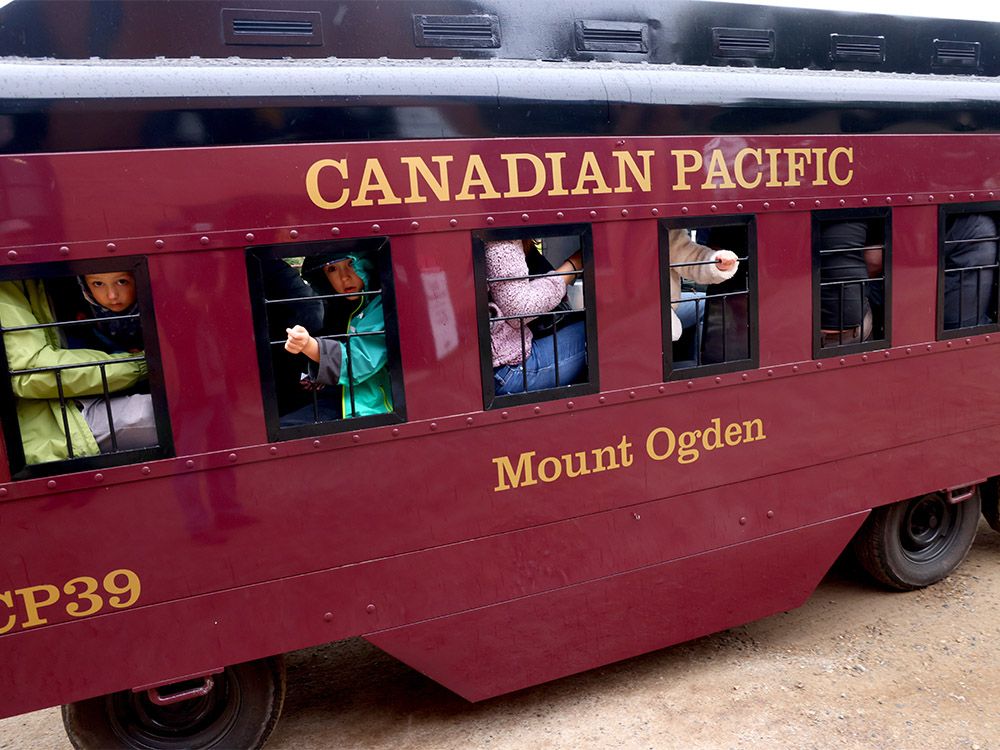Watchdog finds Mounties failed to properly investigate Indigenous woman’s death — twice

More than two decades after her body was found at the side of a road, the RCMP has agreed to apologize to an Indigenous woman’s family for failing to properly investigate her death.
The apology follows a probe by the Mounties’ watchdog body — the Civilian Review and Complaints Commission (CRCC) — which pointed to gaps in two separate investigations into the woman’s disappearance.
The CRCC, an independent agency that handles complaints about RCMP members’ conduct, said the investigations were unreasonable and the officers’ conclusion that there was no evidence of foul play was premature.
“Any death is tragic, but a death replete with unanswered questions is undoubtedly even more painful,” wrote CRCC chair Michelaine Lahaie in her final report, obtained by CBC News through an access to information report
“A more thorough investigation may have been able to answer some or most of these questions.”
The report is heavily redacted for privacy reasons — names, locations and even some dates are blacked out.
The report says the woman’s family filed a complaint with the CRCC after testifying at the National Inquiry into Missing and Murdered Indigenous Women and Girls (MMIWG).
Their concerns date back to 2001 when the body of their elderly relative — who had been reported missing to a non-RCMP police service — was discovered down an embankment at the side of a road near her abandoned truck.
The RCMP then took over the investigation.
Family members located items missed by police
After reviewing the family’s concerns, both the CRCC and the RCMP agreed the 2001 investigation was fraught with shortcomings.
The CRCC report says that after the woman’s body was found, the lead RCMP investigator concluded the case with a theory — that the deceased woman had gotten her truck stuck, fell down an embankment while walking to get help, and eventually succumbed to the elements.
After the scene investigation was completed, the 2001 investigating team agreed to guide the woman’s family members to the site to conduct a traditional ceremony.
When family members arrived on site, they found some of their dead relative’s belongings — including a missing sock and shoe, the key to the truck and one of her dentures.
“It is disconcerting that family members were able to readily locate many items that could have been key pieces of evidence, yet were missed by trained investigators,” said the CRCC report.
None of the 30 family members at the scene that day were interviewed, said the report. Neither was the person who reported the woman missing.
The CRCC also said it believes the investigator misapprehended the medical examiner’s conclusion that the cause of death was “undetermined.”
According to his police notes, reviewed by the CRCC, the constable concluded the “cause of death has been classified as ‘undetermined.’ Writer feels this file can now be concluded.”
“This classification should have led to further questions and investigation, not the conclusion of the file,” wrote the CRCC.
In a letter to Lahaie, RCMP Commissioner Mike Duheme agreed that the 2001 investigation into the woman’s death was unreasonable, and that the lead investigator failed to request sufficient resources for the investigation, failed to conduct a proper search of the crime scene and failed to conduct appropriate interviews.
He also agreed with the CRCC that the RCMP came too soon to the conclusion that there was no evidence of foul play.
The CRCC stressed that the evidence documented by police in 2001 did not in and of itself constitute evidence of foul play.
However, “the commission cannot determine if a more thorough investigation would have changed the outcome. Many questions remained unanswered,” it said.
“It is not possible to determine what information might have been uncovered had a thorough and comprehensive investigation been conducted at the time of the incident. Unfortunately, many sources of evidence have been lost through the passage of time.”
Wallet found a decade later
The report says that more than a decade after the woman’s body was found, her wallet and ID were found under the floorboards of a skating rink shack and reported by the family to police.
New constables were assigned to the case in 2012 and were made aware of several outstanding concerns from the family.
The family members told police that their relative’s purse, cane and walker had never been found. They also said that when her truck was returned to them, it contained cigarette butts — the family said she didn’t smoke.
This time, the Mounties took statements which “raised the spectre” of intimate partner violence, said the CRCC.

The CRCC said that after making some inquiries, the 2012 investigating officers concluded that although some questions remained, “these issues had no clear answer, there was no further investigation that could be done to clear them up.”
The watchdog disagreed and ruled the second investigation was also unreasonable and ended prematurely.
It said no efforts were made to learn how the deceased’s wallet ended up under the floorboards and the officers failed to consider the possibility of intimate partner violence, which was suggested by some family members.
“Police are not expected to carry out perfect investigations or conduct every inquiry demanded of a complainant,” said the watchdog.
“Nevertheless, the public rightfully expects the police to thoroughly investigate human deaths, which are amongst the most important of police investigations.”
Duheme disagreed with the CRCC about the 2012 investigation, arguing there were no reasonable avenues of investigation open at the time.
In his letter to Lahaie, he did acknowledge the gaps in the 2001 investigation were “great hindrances” to the 2012 investigation.
RCMP Commissioner Mike Duheme talks with Power & Politics about the arrests made in Hardeep Singh Nijjar’s killing, drug decriminalization and what needs to change within the RCMP to prepare it for future challenges.
The CRCC also looked at whether the investigations were discriminatory. The watchdog said that while there was no evidence of intentional discrimination, multiple factors “paint a picture of a deficient investigation into the death of an Indigenous person.”
Lahaie’s report called the initial decision not to interview witnesses, many of whom lived on a reserve, a “profoundly disturbing gap.”
“Both the 2001 and 2012 investigations into [her] death fell well below the expected standards for police investigations and were inconsistent with RCMP policies. In the absence of a non-discriminatory explanation, they amounted to a discriminatory practice,” said the report.
The RCMP rejected that finding.
In his letter to Lahaie, Duheme said the case should be framed as one of “individual performance resulting from significant misunderstandings of his investigative role and responsibilities.”
He did commit to sending a “comprehensive apology” to the family for the gaps in the 2001 investigation.
While the report makes some recommendations, it notes that some officers involved with the case are no longer with the RCMP, witnesses have died and the evidence is long gone.
“With the loss of so much evidence, it is unclear whether further investigation would be fruitful,” it said.
The RCMP reviewed the case after the woman’s family filed a complaint in 2021 following their testimony at the National Inquiry into Missing and Murdered Indigenous Women and Girls (MMIWG).
The CRCC reviewed those findings and its final report was finished earlier this year.





